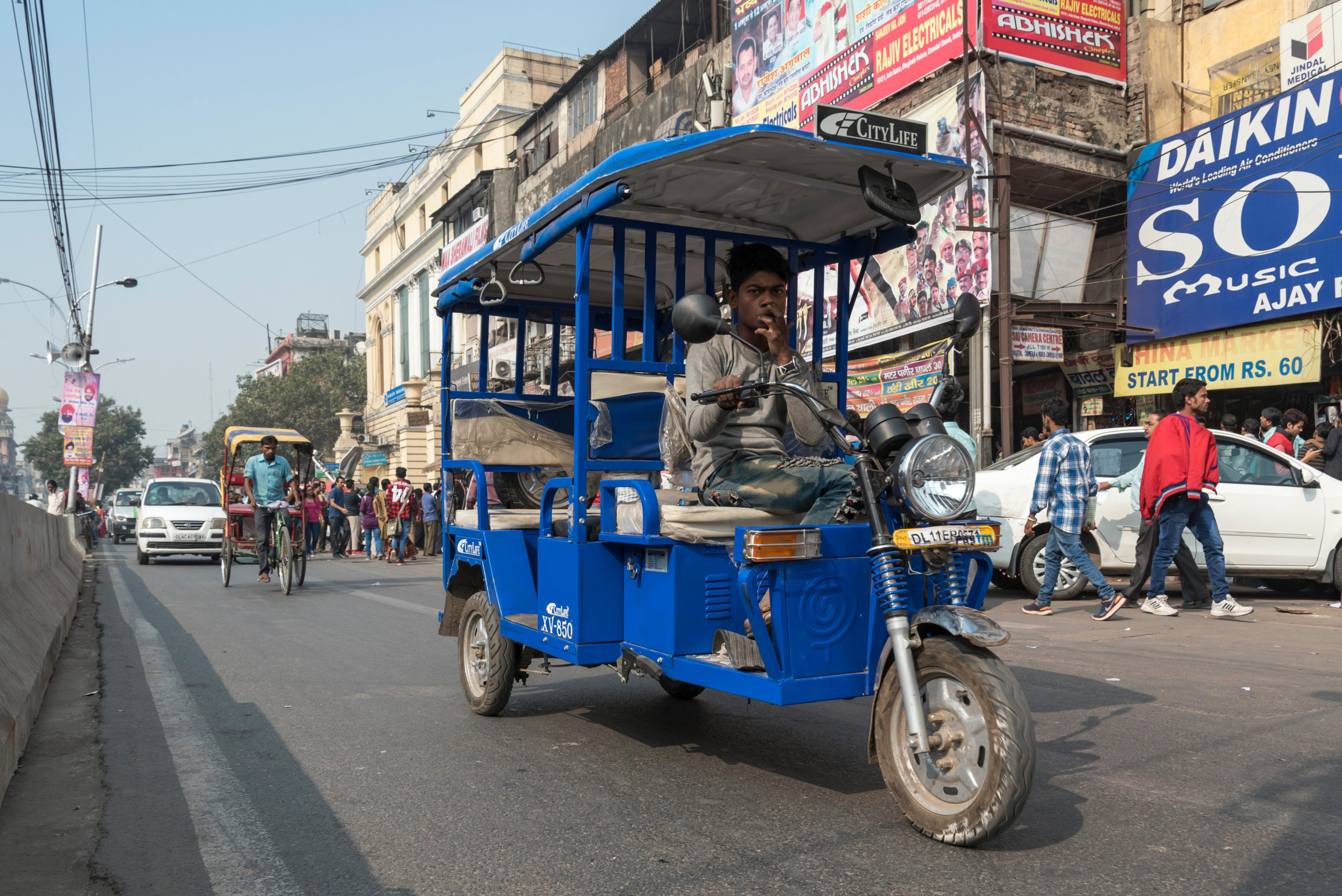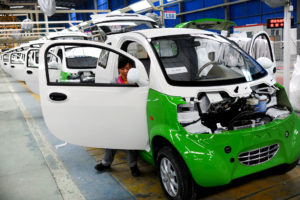Light electric mobility, which include twp- and three-wheelers, will lead the penetration of electric vehicles in India, a new report has predicted, provided there is increasing collaboration between manufacturers and both federal and state governments.
“Electric vehicles are on course to fulfil their promise as a gamechanger for the automobile industry, with two-wheeler and three-wheeler auto segments likely to lead the adoption curve, followed by e-buses and passenger taxis,” according to Shifting Gears, a report by consultants KPMGand industry body the Confederation of Indian Industry.
By 2030, three-wheeler adoption is expected to be around 65-70%, the report predicted. “Electric vehicles have the potential to emerge as vital options for last-mile delivery of lightweight goods and last-mile transportation of passengers for shorter distances,” it said.
The prospect for two-wheelers is also bright as there is now a wide range of choices at attractive price points available in India,comparable with the cost of conventional scooters and motorcycles.
Total cost of ownership
The total cost of ownership (which calculates the cost including power to run the vehicle) of electric two-wheelers, the largest selling segment in the Indian auto market, are already lower than those run on petrol, the report claimed. The penetration of electric two-wheelers could be between 25% and 35% by 2030, it estimated.
Since the operating cost of electric two and three-wheelers is much lower than vehicles running on internal combustion engines, there is a strong case for a shift to electric vehicles in the business-to-business segment, according to Rohan Rao, partner, industrials and automotive, KPMG India.
The growth of India’s electric vehicle market is similar to what happened in China, where electric bikes and scooters laid the foundation for growth overall.
However, the penetration of electric passenger cars is expected to remain lowin the country, KPMG said. Only 10% to 15% of all cars in India in 2030 will run on electricity, the report said, since there are still formidable cost barriers to their widespread adoption.
On the flip side, city buses are “ripe” for electric adoption, the report said, and are likely to be followed by fleet cabs run by online taxi services.
Compelling case for adoption
Vehicule emissions are a major issue in India cities, accounting for some 40% of air pollution. India held the worst pollution record in 2019, with 21 out of the 30 most polluted cities in the world.
Average air pollution levels in Indian cities were eight to11 times the level recommended by Word Health Organisation. India has over two million pollution-linked deaths annually, the most in the world, and air pollution is an immense drain on resources, costing India the equivalent of 5.4% of GDP, according to a February 2020 report by Greenpeace, an environmental activist group.
In addition to pollution from vehicles, India is also trying to curb its crude oil import bill, which in the financial year ended March 2020 stood at USD 102 billion, accounting for some 80% of the country’s oil needs.
“Despite the compelling case for adoption, the success of electric vehicles so far has been constrained by weak customer appetite and infrastructure roadblocks, among other factors,” the KPMG report said. “Many electric vehicles introduced in India have fallen short of customer expectations, with concerns lingering on upfront costs, range, speed, battery life and battery technology.”
The growth of electric vehicles sales has remained muted in India, with the exception of three-wheelers. In 2019, about 100,000 electric three-wheelers powered by lithium ion batteries were sold in the country, with a penetration rate of 14.3%.
There are more than a million locally assembled e-rickshaws that run on lead acid batteries on Indian roads, KPMG estimates.
Policymakers in India have been actively pushing EV adoption in recent years. Government think-tank NITI Aayog said in a 2019 report that the second phase of Faster Adoption and Manufacturing of Hybrid and Electric Vehicles (FAME II) and other schemes supporting electric mobility could push sales penetration to 30% for private cars, 70% for commercial cars, 40% for buses and 80% for two- and three-wheelers by 2030.









